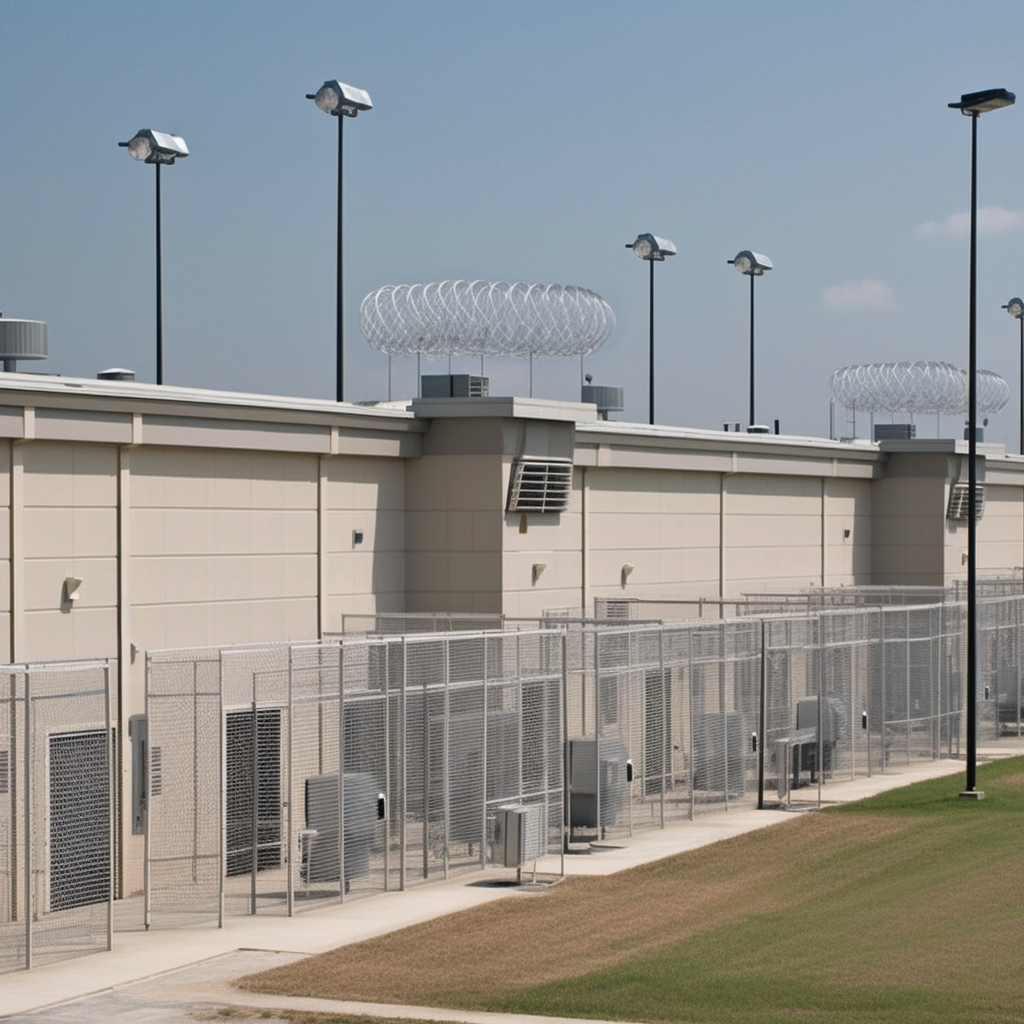June 26, 2024
The Rising Threat of Dangerous Heat and Humidity in U.S. Prisons and Jails
Book a Demo
In the U.S., approximately 1.8 million incarcerated individuals are exposed to dangerous levels of heat and humidity, enduring these harsh conditions for an average of 100 days per year. The gravity of the situation is amplified by the fact that 44 states do not provide universal air conditioning in their carceral facilities, significantly escalating the risk for inmates.
A recent study has pointed to a worrying trend of rising dangerous humid heat days in prisons and jails, particularly in southern states. This increase poses severe health risks like heat stroke and kidney disease, which can result from chronic dehydration.
The study reveals that over half of all dangerous heat and humidity exposures in the U.S. occur in just two states: Florida and Texas. Some carceral facilities in these states, in addition to those in southern California, Arizona, and inland Florida, experience an average of 75 days or more of dangerous humid heat annually.
Inmates are particularly vulnerable to heat due to preexisting health conditions. It is notable that 43% of the state prison population has a previous mental health diagnosis, and those on psychotropic medications are at an elevated risk for heat illness.
The study urges the implementation of laws that mandate safe temperature ranges. It also calls for improving social and physical infrastructure and introducing targeted health interventions to mitigate the impact of hazardous heat and humidity in U.S. jails and prisons.
The research evaluated exposure to potentially hazardous heat conditions from 1982 to 2020 across all operational and populated carceral facilities in the continental US. The findings reveal a significant disparity in heat-related risks. More than half of all dangerous heat and humidity exposures occurred in Florida and Texas, with the worst facilities experiencing these conditions for between one-fifth and one-third of the year.
The study strongly advocates for mandating cooling infrastructure and indoor temperature requirements, especially in carceral facilities in the southern and southwestern US. These regions have experienced a marked increase in hazardous heat days since the 1980s, contributing to the escalating health risks for the incarcerated population. These changes, if implemented, could greatly improve the living conditions of millions of individuals across the U.S. who are currently living under the threat of heat-related illnesses.
Science4Data is committed to cut through greenwashing and measure real impact. Join the journey to a sustainable future. Your actions matter.



